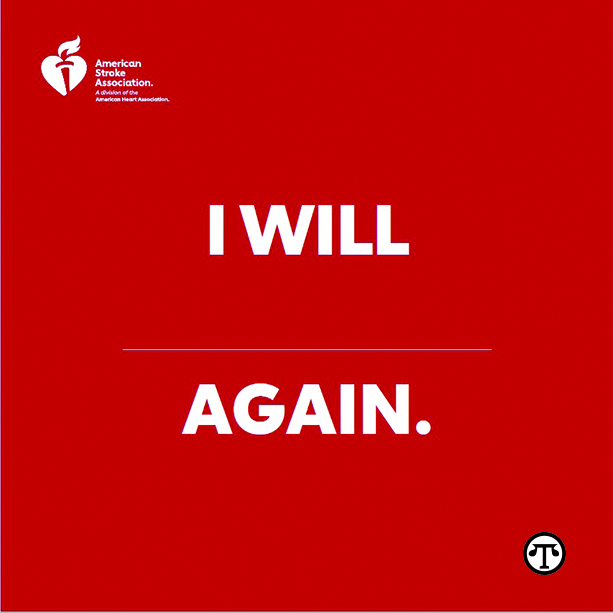
(NAPSI)—The American Heart Association/American Stroke Association, the world’s leading voluntary health organization devoted to fighting cardiovascular disease and stroke, wants stroke survivors to know that while life may be different after a stroke, rehabilitation can help them regain some independence, decrease chances of another stroke and provide new goals to work toward.
Worldwide, stroke is the No. 2 cause of death and is a leading cause of long-term disability. Stroke is more disabling than it is fatal. However, stroke is largely beatable through high-quality rehabilitation and patient support and implementation of the Association’s Rehabilitation Guidelines.
“Rehabilitation is key to recovery after stroke,” said Olajide Williams, M.D., chief of staff of Neurology, associate professor of Clinical Neurology Columbia University Medical Center and an American Stroke Association volunteer. “But up to a third of people who have a stroke do not participate in a rehab program.”
Stroke rehabilitation can help patients build their strength, capabilities and confidence, potentially regaining skills and returning to independent living. Rehab can also help patients better manage other conditions they have, which may affect daily living or their risk for a second stroke. “Stroke recovery begins the moment you suspect a stroke,” said Williams. “The sooner a person can be treated for stroke, the more likely he or she is to have a successful outcome.” He advises everyone to be ready to respond F.A.S.T. if they suspect a stroke.
The acronym “F.A.S.T.” represents the most common stroke warning signs and stands for:
- Face Drooping—Does one side of the face droop or is it numb? Ask the person to smile. Is the person’s smile uneven?
- Arm Weakness—Is one arm weak or numb? Ask the person to raise both arms. Does one arm drift downward?
- Speech Difficulty—Is speech slurred? Is the person unable to speak or hard to understand? Ask the person to repeat a simple sentence, like “The sky is blue.”
- Time to Call 9-1-1—If someone shows any of these symptoms, even if the symptoms go away, call 9-1-1 and get to a hospital immediately. (Tip: Check the time so you’ll know when the first symptoms appeared.)
Education about F.A.S.T is a part of the American Stroke Association’s Together to End Stroke initiative, nationally sponsored by Medtronic. Together, the two organizations aim to help people to easily recognize the most common stroke warning signs to improve stroke outcomes.
The American Heart Association/American Stroke Association’s Together to End Stroke™ initiative, nationally sponsored by Kindred Rehabilitation Services, raises awareness that stroke is largely beatable through high-quality rehabilitation, patient support and implementation of the AHA/ASA’s Stroke Rehabilitation and Recovery Guidelines.
For more information and a full list of the stroke warning signs, visit www.StrokeAssociation.org/WorldStrokeDay.
“Stroke is a cause of long-term disability but it’s also largely beatable through high-quality rehabilitation, says the American Stroke Association. Its Together to End Stroke initiative, sponsored by Medtronic, aims to help people to recognize warning signs and improve outcomes. http://bit.ly/2ChDSfr”
